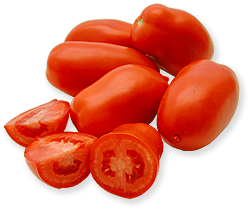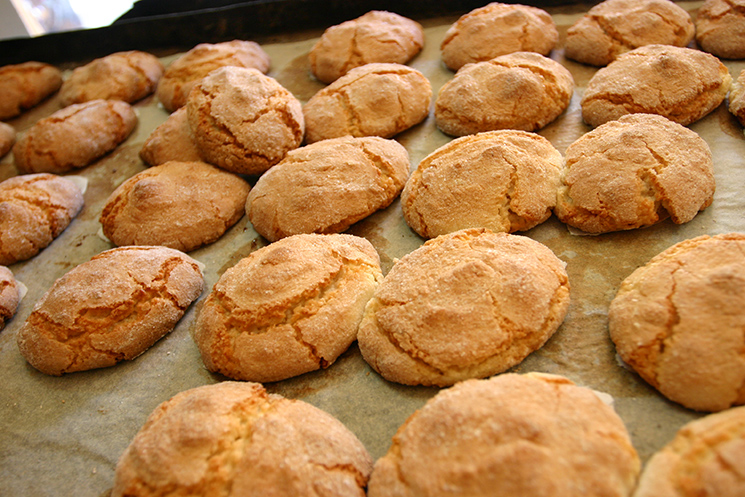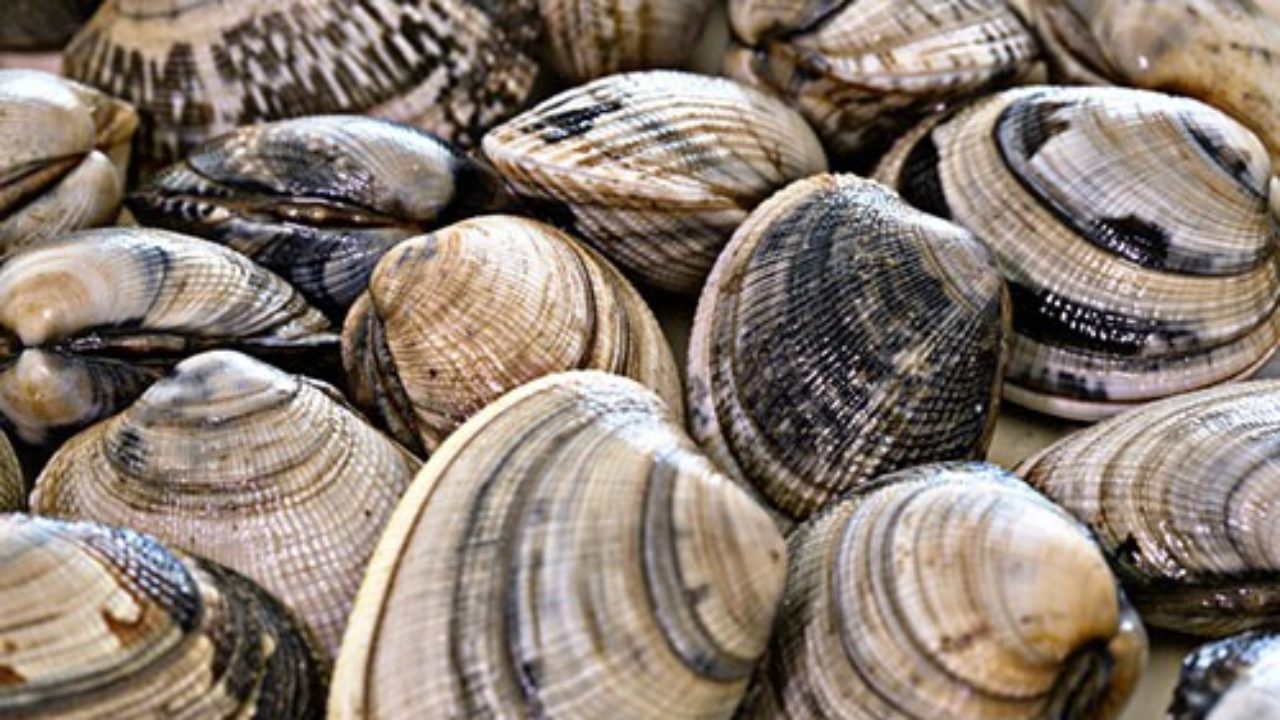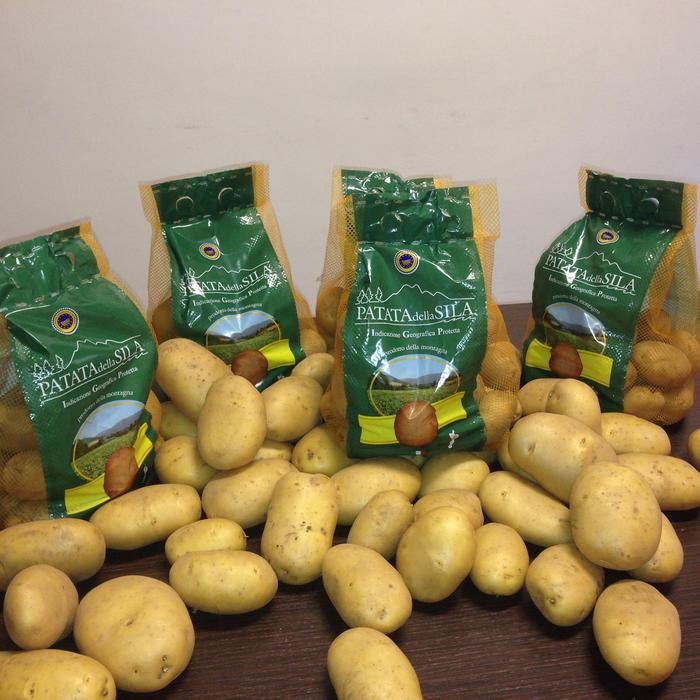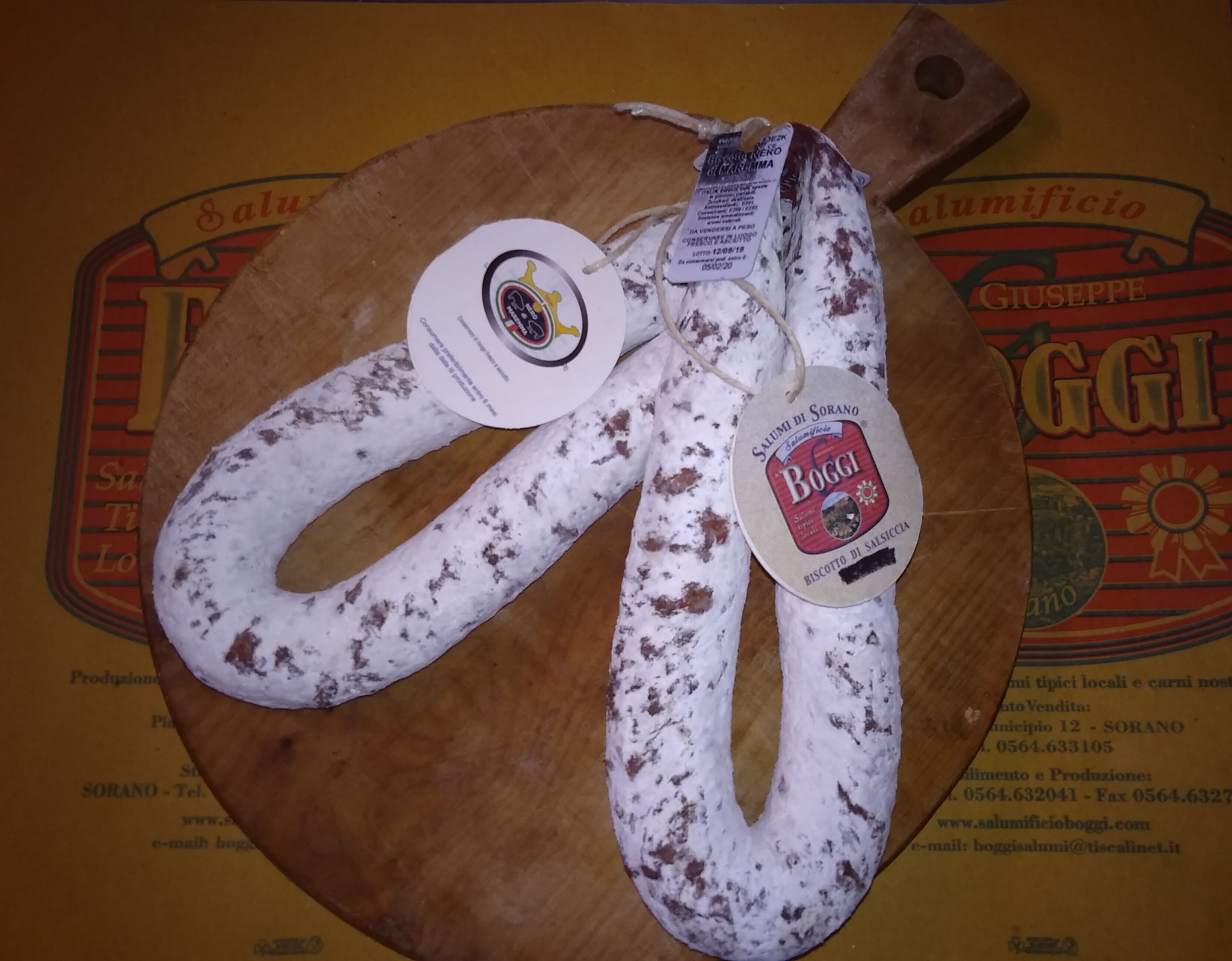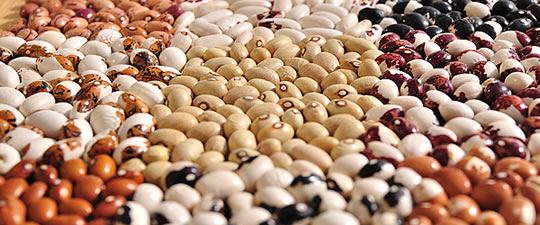It tells of the long and troubled journey of the tomato, which, from across the ocean, from the mountains of Gua-temala landed, along with other tubers and spices, in Padania after traveling in the holds of the galleons of Herman Cortés conqueror of the Aztec empire. Received in truth with great distrust by rulers, scientists and clergymen, who, unaware of the tomato’s strong vitamin content, branded it an evil fruit. The beginning of its fortune dates back to the 1600s, thanks to the Este family, the dukes of Parma, who had its seeds distributed free of charge to farmers. The latter, before transplanting in open fields, heated in old buckets among the hay in the heat of the stables. And, when Europe was agitated by the French Revolution, the red berry was already blushing among the green vegetable gardens of the Parma hills. In the book " The Tomato: An Ancient Wisdom," however, it is claimed that, only in 1902, in Fiano, a locality between Nocera, San Marzano, and Sarno did the "Pomme d’amour" become San Marzano. Delight of gourmets, pro-smoke of the Sundays of the rich and the poor. Commanded feasts punctuated by the red of the sauce that covered like an intoxicating lava the white of the pasta from the mills of Gragnano and Torre Annunziata. Cared for, pampered like a child by the peasant families who raised it in the characteristic rows, held suspended with stakes and supported by canes or iron wires, among rich foliage, which protected the red fruits from the sun’s rays. Crucial to the extraordinary biodiversity of the S. Marzano Tomato were the hot soils of Vesuvius. In essence, King Tomato could boast of such a name only when it became S. Marzano. It was born from the admirable crossbreeding of three varieties that, then, in the early twentieth century were widespread in Sarno and Agro: the Fiascona, the Fiaschella and the Re Umberto. After forty years, this summer, we had one of the greatest satisfactions right in the field. Farmers Sabato Sirica and Eugenio Napoletano, from San Valentino Torio, a stone’s throw from Fiano, showed us among the green rows laden with red gold, some San Marzano found next to the water from the Santa Marina spring. This water from the Lavorate basin, pure and cold as it once was, irrigated the tomato seedlings, planted in those same soils, where San Marzano had been born a century earlier. After recognition of the Protected Designation of Origin (PDO) in 1996 by the European Union, the S. Marzano Consortium was established (June 1999).
